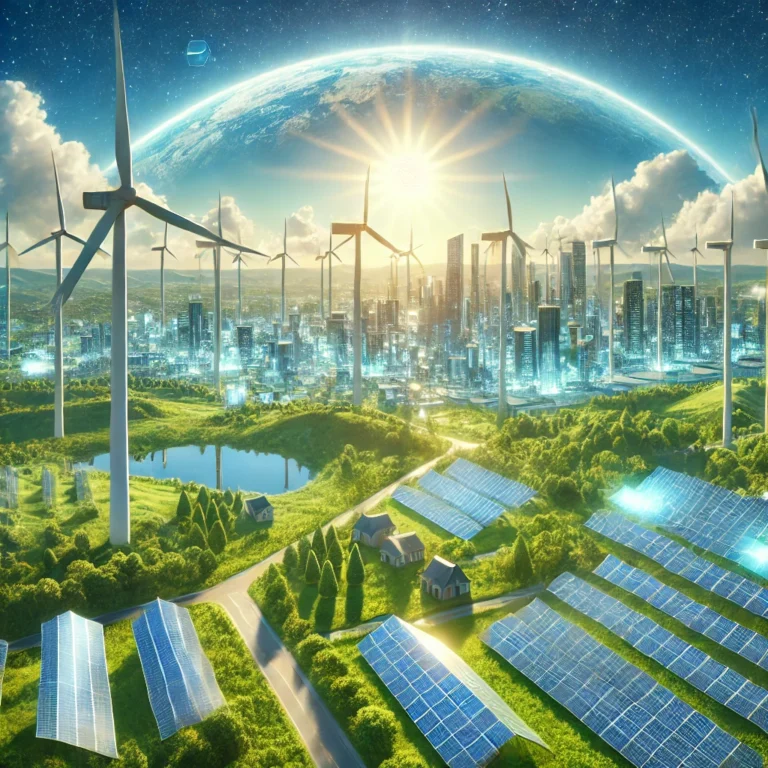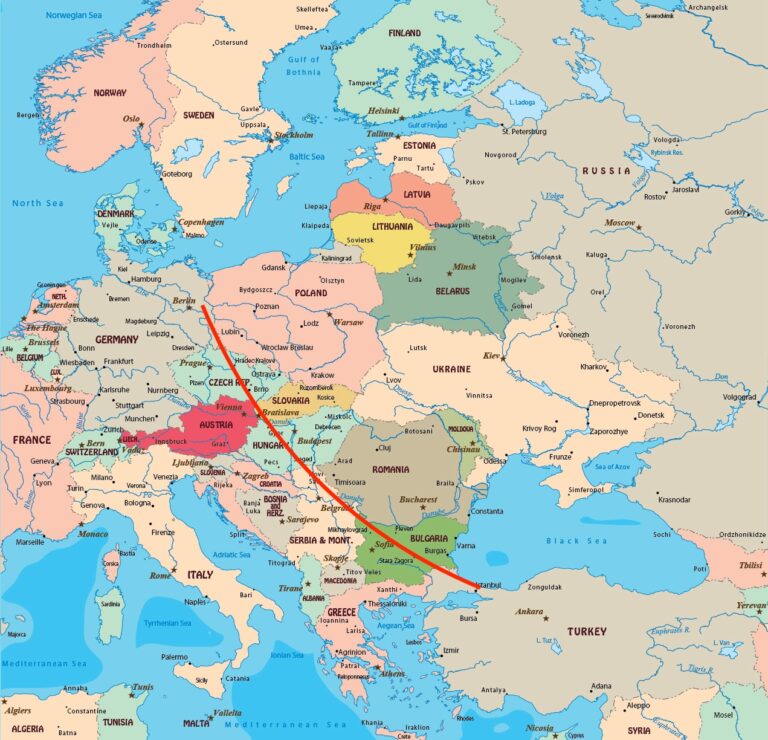By Amalia Fabri,
The renewable energy sector is evolving at an incredible pace, fueled by cutting-edge technology, government initiatives, and a global push for sustainability. As of 2025, several transformative trends are shaping how we generate and use clean energy.
1. Unprecedented Growth in Renewable Energy
The world is witnessing a historic shift as renewables take center stage. According to the International Energy Agency (IEA), renewable power generation is set to surpass coal this year, becoming the dominant electricity source globally. Solar and wind energy are rapidly overtaking traditional power sources, with nearly 70 countries expected to rely on renewables as their primary energy source by 2028.
2. Stronger Policies Driving Clean Energy Adoption
Governments worldwide are ramping up efforts to accelerate the clean energy transition. During COP28, world leaders pledged to triple global renewable capacity by 2030. In the U.S., the Inflation Reduction Act (IRA) is unlocking billions in funding, sparking a surge in private investment toward sustainable energy projects. These policies are acting as catalysts, pushing renewables into the mainstream.
3. Breakthrough Innovations Improving Efficiency
New technologies are revolutionizing the way we harness renewable energy. Scientists have developed nano-scale 3D-printed electrodes that improve bioenergy production using cyanobacteria. Meanwhile, artificial intelligence (AI) and machine learning are enhancing forecasting models, making it easier to predict energy generation and optimize grid performance.
4. The Rise of Decentralized Energy Systems
Traditional centralized power grids are making way for decentralized networks. Microgrids, battery storage systems, and localized energy production are gaining traction, improving reliability and resilience. This shift enables communities and businesses to generate their own clean energy, reducing dependence on large power stations.
5. Businesses and Communities Embracing Renewables
Companies are investing heavily in renewable energy to cut costs and meet sustainability goals. At the same time, communities near wind and solar farms are benefiting from energy discounts and financial incentives. This engagement is fostering greater public support for clean energy projects.
6. Challenges and the Road Ahead
Despite remarkable progress, significant challenges remain. The world needs to expand its renewable energy capacity from 3.4 terawatts in 2022 to over 11 terawatts by 2030 to meet global climate goals. However, current government commitments fall short, with projections reaching only 7.2 terawatts. Urgent policy adjustments and accelerated deployment are necessary to close this gap.
A Sustainable Future in the Making
The renewable energy landscape in 2025 is dynamic and full of potential. With technological advancements, ambitious policies, and widespread adoption, the world is on the path to a cleaner, more sustainable future. While hurdles remain, the momentum toward a renewable-powered world has never been stronger.




